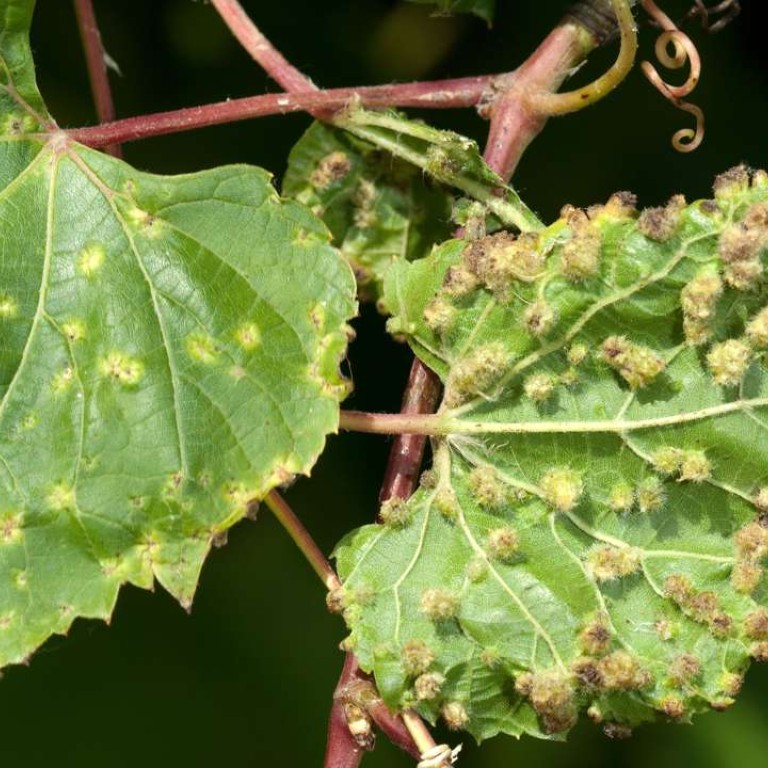
The phylloxera wine louse is back with a vengeance
Vineyards in California and Oregon on alert as the pest that devastated Europe’s grapevines in the 1800s turns its sights on once-resistant America
The wine louse, phylloxera, is a tiny insect – an aphid, to be precise – that lives in and eats the roots of grapevines. It travels by stealth – on the soles of shoes, by crawling from vine to vine and even on the breeze.
Despite its size, phylloxera can wreak havoc. Between the late 1860s and 1890s, the pest almost completely wiped out Europe’s vineyards. Countless winemakers lost their livelihood. In an effort to save their crops they tried everything from potions and poisons to flooding (it was thought the pest could be drowned) and adding toxic chemicals to the soil.
The louse destroyed grapevines by feeding on the roots, effectively starving the shoots and grapes of nourishment.
But where did it come from?

It seems that phylloxera had long been present in American soil but much of the rootstock there had developed a resistance to it. In the 19th century, there were no restrictions on travellers carrying plants and fruits, and vine cuttings were taken from the old world to the new (and vice versa) in the spirit of experimentation.
Once the American rootstock, which was immune to the pest (but still a carrier), reached Europe, phylloxera ravaged wineries across the continent. Miraculously, a few vineyards remained free of the insect. The common characteristic of these surviving vineyards was that they had sandy soils in areas with high winds.

At Bollinger, there are some vines that exist from that time, and from which the French champagne house makes vieille vignes (old vine) wines. In Greece, on the island of Santorini, the assyrtiko grape was phylloxera resistant, but some winemakers believe that is partially due to the volcanic soil. Down Under, Tasmania and Western Australia have been fortunate enough to escape the louse.
Researchers, including American Charles Valentine Riley and Frenchman Jules Émile Planchon, found the solution lay in grafting European vines onto the rootstock of American vines, and thus the wine industry was saved.

Winemakers need to be ever vigilant, as the louse spreads fast – a single grape-growing season can see three to five generations of phylloxera. There is still no pesticide that can effectively eradicate the pest without harming bees or the environment. Using resistant rootstock for vines
is still the most effective treatment.
Nellie Ming Lee is a food stylist and part-time sommelier studying with the Court of Master Sommeliers

